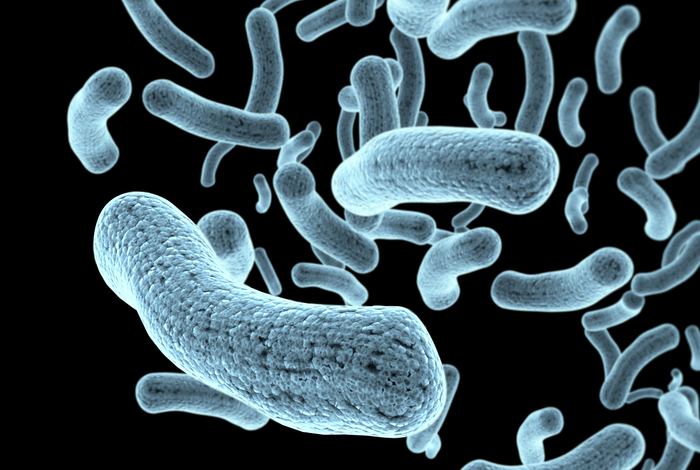
EMS is a germy business. As an emergency responder, you are in constant contact with people suffering from communicable diseases. As your first line of defense, you must protect yourself. You must also protect your coworkers and, especially, your patients.
Pathogens are a part of life in EMS, and every piece of equipment can serve as a breeding ground for dangerous germs. In 1991, OSHA produced the standard guidelines for those exposed to infectious organisms at the workplace1, titled Occupational Exposure to Bloodborne Pathogens. This important document provides guidance in dealing with dangerous organisms, from personal protection to cleaning of equipment. And one of the most fundamental pieces of equipment you rely on is high on the list of special concern: your portable suction machine.
Under OSHA classification, your portable suction unit is classified as a "semi-critical device," because it comes in contact with mucous membranes. Also included in this category are resuscitation bags, laryngoscope blades, and oxygen masks. These devices require high-level disinfection between use, because they can harbor many of the germs infecting your patients. The tried-and-true mixture of bleach and water (1:10 dilution) kills almost all dangerous pathogens, but when it comes to your portable suction unit, be sure to follow the manufacturer's guidelines.
Be sure your portable suction unit provides its own lines of defense. Choose a unit that is easy to maintain, is fitted with disposable components that can be tossed after each use, and contains a bacterial filter that is at least 99 percent effective in killing dangerous pathogens.
Danger Lurks!
Because the list of pathogens you may be exposed to is beyond the scope of this article, we'll focus on two main categories: bacteria and viruses. Specifically, those that can be spread via your portable suction machine.
Bacteria
There are scads of harmful bacteria out there, and a few that can be spread via your portable suction unit are:
- Staphylococcus aureus – spread via droplets, can cause dangerous skin infections and spread to other organs, with new strains that are drug-resistant (MRSA)
- Streptococcus pneumonia – the leading cause of bacterial pneumonia, which can enter the lungs through inhalation or through your bloodstream
- Haemophilus influenzae is the second most common cause of bacterial pneumonia, doesn’t usually cause illness unless you have a weakened immune system
Viruses
- Influenza – infects the lungs and airways and can be highly dangerous in the elderly or immunocompromised
- HIV – destroys white blood cells and can lead to acquired immunodeficiency syndrome (AIDS)
- Respiratory syncytial virus (RSV) – a common cause of respiratory tract infections, especially in children
There is nothing you can do about your exposure to dangerous pathogens—it is part of the job and a perpetual threat. What you can do is minimize that risk by practicing good hygiene, protecting yourself, your coworkers, and your patients and by diligently disinfecting your equipment—especially your portable suction unit.
12009, Fleming, J.
EMS Equipment and Transport Vehicle Cleaning and Disinfection: Challenges Best Practices, EMS World, http://www.emsworld.com/article/10320653/ems-equipment-and-transport-vehicle-cleaning-and-disinfection-challenges-best-practices.















